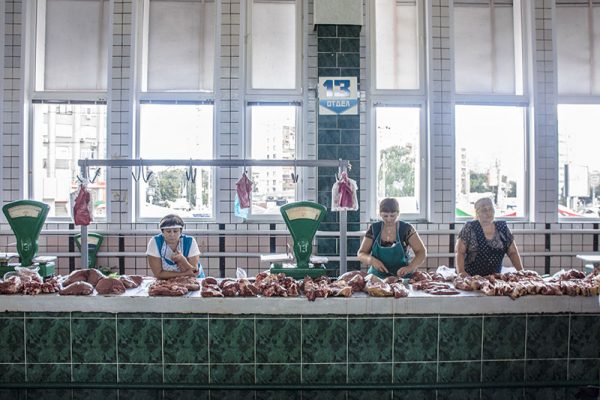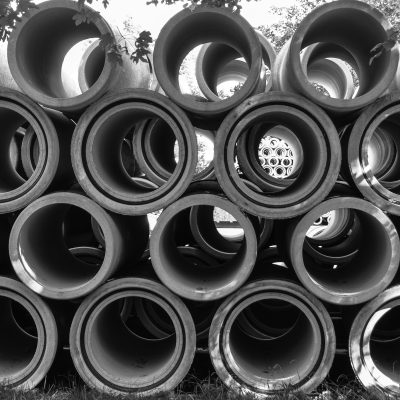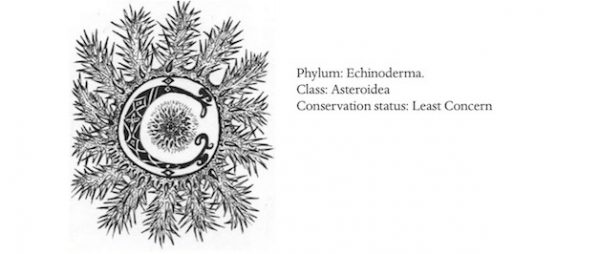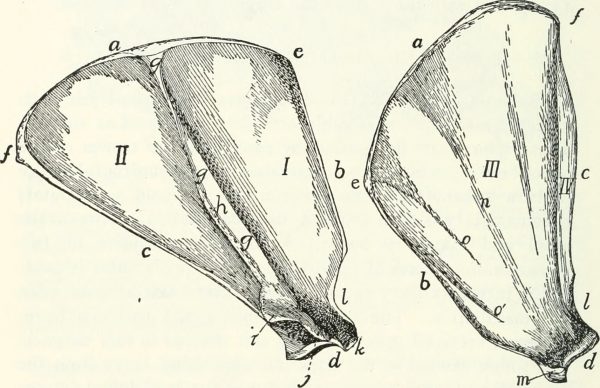ROBERT MCKAY: When did people first know what meat is?
RACHAEL ALLEN: I became vegetarian when I was 9, but not because I was concerned with an animal. I became vegetarian because I was really aware of Mad Cow Disease. And that shaped my ideas about eating animals or not eating animals way more than respecting them or loving them. It was a fear of what they were going to do to my body if they were diseased.
PATRICK STAFF: I think that it’s interesting to consider how things enter into our consciousness via crises. My first question to myself and to everyone is, how do we define our terms. It feels like we need to establish exactly what we mean by ‘meat’.
MCKAY: One of the things that meat discussions tend to do is create a kind of slippage between knowledge and ideology, though. So even the question, ‘When did you first know what meat is?’, prompts the response, ‘When did I see through cultural discourses about it to what it truly is?’ Which is essentially a point of trying to read meat as an ideology. When did you know that meat was ‘meat’? When did you know that the thing that you eat was this kind of cultural force? This is part of the question, I guess. But then there are other ways of thinking of meat, right?
REVITAL COHEN: For me it’s a really visual memory. There are two images from around the same time, although I don’t really remember which came first. One of them was seeing an open van next to the butchers with sheep carcasses. And the second, I had just started reading by myself, I was reading the newspaper and there was a story of a little girl who was murdered and pieces of her body came ashore. Something kind of mixed in my head about all these pieces of bodies, and I haven’t eaten meat since.
MCKAY: And you saw a connection. So the connection there is to do with the meatiness, the way the human body suddenly becomes seeable as meat?
COHEN: Maybe also a feeling of vulnerability. Suddenly seeing this, this personhood in these pieces of meat in the van, and understanding that we could all be these pieces at some point…
MCKAY: There’s a philosopher called Matthew Calarco who coined the term ‘indistinction’ for this thing that you’re talking about. That it’s not quite that humans are the same as animals – which is what quite a lot of pro-animal rhetoric might say – in the sense of being on a biological continuum, which is questionable for lots of reasons. But it’s also not that we are radically different to animals in the sense of them being absolutely, singularly, other to us. Instead, there’s some place in between these where it’s sometimes possible to recognise these sort of ‘indistinctions’, he’s called them, where you can’t maintain the distinction that you might want to maintain or that the culture asks you to maintain.
STAFF: I think the horrors of being a child in connection to meat are really interesting. Daisy, you grew up on a farm, right? Was that a horror-laden experience?
DAISY HILDYARD: Not at all. No, and I think I can’t remember a moment of recognition of meat as a thing. Following Rachael talking about this kind of slide from BSE (Bovine spongiform encephalopathy) to all meat, perhaps what we are thinking about here is a mistrust of something that you can’t see. If BSE is a thing, if there’s horsemeat in your lasagne, then any meat could be anything. And if you don’t have any direct experience of the animal – which most of us don’t – then the moment you see reason to mistrust a part of production, it becomes logical to mistrust the whole.
The one thing I can remember from early childhood was that at my village primary school we had meat every day and it was no doubt unethically produced. But this is the closest I can get to some kind of recognition of the idea of meat – I remember that one day it would be pork, one day it would be sausages, one day it would be beef, and then one day it was sliced meat. We didn’t attach it to an animal, it was just like: ‘it’s meat’. I remember feeling there was something spooky about that.
YOU’D EAT THE PRAWN BUT NOT THE SHIT
STAFF: Growing up, my dad was a policeman. And part of being a policeman, in a very small town, was just knowing everyone. Much more than solving crimes or anything serious like that. It was a community role. I hated all of his friends who were policemen. He was also very good friends with all the men working at the butchers. And so part of the circuit of walking around this small town with my Dad was to stop in and visit his friends, including the butcher’s, who I also just remember hating as a child, but for no real reason. But going into the butcher’s was a horrific experience. You’d go through the plastic hanging curtains and it was one of those ones where – I think this is in your book, Daisy (The Second Body) – where the floor is that particular stone or tile, designed in such a way that meat or blood or whatever could go on it. So there was something very sensorial, a kind of haptic horror about it. And it smelled terrible.
ALLEN: It’s so functional. There’s something so brutal.
STAFF: Much more than eating meat, I think about the experience of entering that space.
MCKAY: Meat and butchering somehow insist on a lack of modernity, or refuse it. So this demand for cleanliness, or an expectation that things must not have muck on the floor, is shown up as a peculiar twentieth- and twenty-first-century reality. It’s certainly part of a modernising trend to try and make life cleaner, more ordered, more organised. And when you go through the plastic curtains, it’s almost like you’re passing out of this…
STAFF: Crossing the threshold.
MCKAY: Yeah, crossing the threshold. But then you enter a zone where matter is out of place. One of the things you’re saying is that your way into knowing meat comes first from being trained into being well-modernised, and expecting the world to go along these lines.
COHEN: I actually read the cleanliness as the moment of horror. When Patrick is describing the butcher’s shop, for me, that is the terrifying thing about it. It’s this perceived ‘nothing to see’, which is so uncomfortable.
MCKAY: Well, don’t we expect there to be no remainders that you have to see or deal with? So that the process can completely provide you with ordered, packaged meat?
ALLEN: I remember if you get prawns – I don’t eat prawns – but sometimes they have a black line in them, and I remember asking my mum, ‘What’s this?’ And she said, ‘Oh it’s just the shit.’ You’d eat the prawn but you wouldn’t eat the shit.
STAFF: The first ever argument I had with my boyfriend was when we were talking about meat. And I said to him that I didn’t understand why he would be comfortable to eat the animal, but not fuck it. And he was just like, I just don’t get why you’d ever say that. But it feels like the same thing to me. It feels like a very arbitrary moral equivocation.
ALLEN: That’s funny, I went to a conference on Animal Studies on Sunday, and everyone got very focused on bestiality. There was all this discussion about bestiality, and then someone was like, there are ham sandwiches sitting over there! There are these expected ways we consume or use the animal, and expected ways for their usage to disgust us or to sit outside of societal norms, even though morally each may be as abhorrent as the other.




